If I Am Photographed in Public Can My Photo Be Uploaded
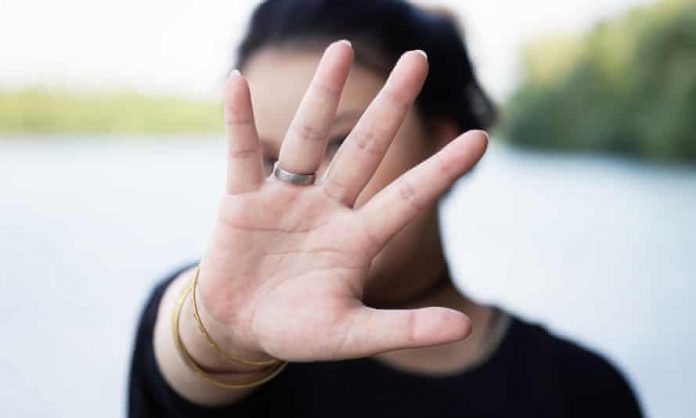
This article is written past Vanya Verma from Alliance University, Bengaluru. This article talks nigh what a person can do if his/her photo is posted online without their consent, in what cases will it allow legal action and the laws that bargain with the same.
Introduction
In 2014, post-obit the enormous leak of nude photos of several Hollywood celebrities, including Jennifer Lawrence, Selena Gomez, Kate Upton, and Ariana Grande, celebrities are facing a meaning copyright issue. Celebrities who take agreed that the images are accurate are attempting to remove them off the internet, claiming ownership of their copyright. What would be the legal ramifications if the leak occurred in Republic of india? This article volition discuss the same.
In that location may exist a fair apply of someone's picture posted online without their consent, that can exist friends or family, the problem lies when someone posts the picture show inappropriately or illegally. The line between professional person photography and these acts of perversion is thin but the constabulary makes it clear that the nature of the motion-picture show plays an important factor in deciding to annals a complaint and in deciding the case in court every bit well.
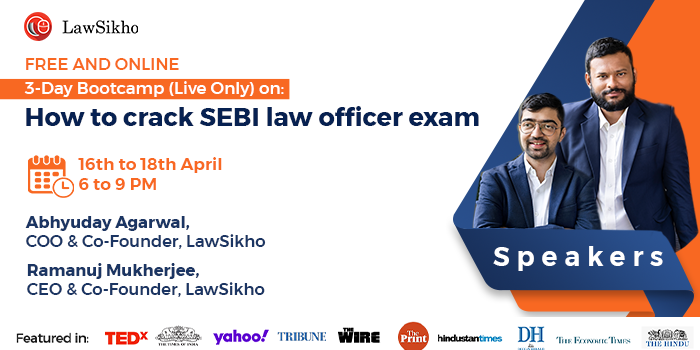
Cases where posting movie without consent is non illegal
Here are some instances where posting photo without consent does non amount to legal activity-
Photo shared past a friend or family fellow member
If the photograph was taken past a friend or family unit member, you should politely request that they remove it. These photographs are frequently taken on someone's individual property (such as their home), where they have the legal right to accept photographs.
You provide them with some rights to your presence by agreeing to be on their state. Furthermore, fifty-fifty if they are sued, that would not result in many changes and the chaser fees required to manage the case would toll much more.
A photo posted by a stranger
This tin can exist a piddling tricky. Past existence in a public place, such as a park or a city street, you are giving your agreement to a stranger taking photos of you. You may take some rights if someone you don't know takes images of you on private belongings, depending on the restrictions of the individual property.
If a stranger captures images of you while you lot are on your property, such equally a privately hired surveillance person or a nosy neighbour, you should look into a breach of privacy or meet an attorney. If yous are not in the photo, however, it is legal to take images of your house, such as your balcony lights.
A photo posted past an issue venue or bar
The restrictions of the outcome venue or site may apply if the paradigm was taken at an outcome, concert, eating place, or bar. These events frequently have photo restrictions in identify, such as a bar crawl notifying participants that photographers would exist capturing consequence images all night.
It's sometimes enough to just enquire management to remove event photos from their Facebook page or website. If the image is existence used for commercial purposes, such every bit on a poster or an event invitation, you may have legal remedies.
Photo is beingness used in advertisements
If your images announced in a marketing campaign, impress commercial, or internet commercial without your permission, you should take legal activeness. If a person or business makes money from your epitome, you have rights to it beingness "commercially used."
Negative feedback or inappropriate content with your photo
In that location'south a potential your photo will be used to mock you, cast you in a negative light on purpose, or be accompanied with fell comments. To understand more, look into your state's laws against bullying, cyberbullying, libel and defamation. The Indian laws that deal with this have been discussed below.
Cases where right against publication of a photo without consent is not available
The Court said that, " A denizen has a right to safeguard the privacy of his own, his family, wedlock, procreation, motherhood, child bearing and education among other matters. None tin publish anything concerning the above matters without his consent – whether true or otherwise and whether laudatory or critical."
The court best-selling that this correct to privacy against the publication of photographs is non accented and is non available to a person in the following circumstances:
- if the person voluntarily becomes involved in a controversy;
- the affair in question has become part of the public record including courtroom record except for the proper name of "a female person who is the victim of a sexual assault, kidnap, abduction or akin offence" and the incident to protect her from further indignity; and
- if the person is a public official and the issue in question is with "respect to [his] acts and conduct relevant to the discharge of [his] official duties" except if protected under any constabulary.
Information technology is commendable that the court explicitly said that if the topic is unrelated to the fulfilment of a public official'due south official duties, the public official is entitled to the same protection equally an ordinary person. Using these grounds, the court determined that the petitioner, a magazine, had the right to publish a prisoner's life storey without his or her understanding as long as it did not go beyond what was available in public records. This reflected the demand to strike a balance betwixt the right to complimentary spoken language and expression and the right to privacy.
Photograph used in the public interest
The Article 21 violation argument was rejected in the majority of the cases (some listed below) because the publication was authorised by statutory rules.
Publication of images by statutory banks
In the case of Mr. Thousand.J. Doraisamy v. The Assistant Full general Manager , Monal Dineshbhai Chokshi and Ors. v. Country Bank of India and Ors, Mohan Products Pvt. Ltd. and Ors. v. Country Banking concern of Republic of india , Ku. Archana Chauhan v. State Banking concern of India, Jabalpur, it was held that the banks had a duty to disembalm such data to the public with the enactment of the Right to Data Act in 2005 , and information technology was justified in the larger public interest. The argument was rejected in Venu v. Land Banking concern of India .
Publication of images of suspected criminals
In case of publication of images of history sheeted rowdies ( G. Raman @ Ramachandran v. Superintendent of Police, Karur Commune and Ors ) and suspected criminals ( Ayyappankutty v. The State ), once more, the court rejected the Commodity 21 argument in these cases, stating that the public interest or country interest in such publishing exceeded the private interest.
Publication of images in voter identity proof
The privacy argument was rejected in another example, Grand. Ajmal Khan v. The Election Commission of Republic of india represented by its Chief Election Commissioner and Ors , where the decision of the Election Committee of Republic of india to include voters' photographs in the balloter roll was challenged, because the conclusion "was taken with a view to improving the fidelity of the electoral rolls, to bank check impersonation, and to eradicate bogus voting."
As a result, while the courts recognised that the publication of photographs may intrude on people'southward privacy, they did not uphold the ramble right to privacy because they found a greater public or state involvement (i.e., right to information, eradication of artificial voting, prevention of criminal offense, ensuring people's safety, etc.) that would prevail over the private involvement of privacy.
Options for claiming control over your photo
If the photographs or videos vest to you lot, yous have three options for reclaiming control, including challenge invasion of privacy, defamation, or a breach of your right to privacy. These three means of redress, like social networking site policies, are one-of-a-kind. Contact an experienced lawyer for aid in navigating them or to keep with a lawsuit.
Privacy invasion
If the private wrote in a style that inaccurately or offensively portrays y'all, yous have the right to take action. Using your photo to found a page on a pornographic website is an case. Although taking a photo of yous in a public place is not an invasion of privacy, y'all have legal remedies if the individual takes a photo of you in your house then posts information technology on social media without your permission.
Defamation
To bear witness defamation, a photo posted on a social networking site by someone else must defame y'all. That the prototype would be damaging to your reputation or provide the wrong impression of you lot. Defamation occurs when an individual or company utilises a photo or video to make it appear as if you committed a criminal offence when yous did non, and y'all or your business suffers equally a result.
Right of Publicity
Someone exploits a photograph of yous for commercial purposes in this scenario. In other words, if that person uses your photograph without your consent to market a production or service online or every bit an endorsement on a concern website, he or she has violated your right to privacy. The public must be able to recognise you in the photo used for this type of violation to occur.
Considering all of the major social media sites, such equally Facebook , Twitter , and others, constantly collect data about their users, a circumstance in which your prototype or video appears can be perplexing. If y'all rent a lawyer who specialises in this area, he or she can examine and research to see if you have grounds for legal action.
If you lot discover your prototype or video has been posted without your permission, you tin can contact the person who posted it if yous know who they are and request that they delete information technology. If that person continues to refuse, y'all tin pursue legal action. If you need more than data or find yourself in this scenario, don't exist scared to telephone call a qualified lawyer.
Redressal mechanism in Republic of india for someone whose picture got posted without their consent
Filing a writ petition
Article xix of the Indian Constitution states that you are free to photograph other people for personal use in public places, merely publishing a photograph in a way that is "embarrassing, mentally traumatic," or causes "a sense of insecurity near the activities the person in the photograph is involved in" is illegal under Article 21 . Commodity 21 of the Constitution guarantees all citizens the right to life and personal liberty, and this right can be used to impose a duty on the regime.
According to the current legal situation, if a person believes that his or her privacy has been invaded past the state by publishing his or her photograph in whatever way, he or she tin file a writ petition under Article 32 before the Supreme Court of India or a Loftier Court under Article 226 for the enforcement of his or her cardinal right to privacy under Article 21 of the Indian Constitution. If the publication was made past a private body exercising a public role, such as the media, the person can nonetheless seek enforcement of his or her correct through the High Court under Article 226.
Indian law does not ascertain privacy, but rather the circumstances under which it will be protected by the law. As a result, information technology must be demonstrated that the photo was disclosed in circumstances implying an obligation of conviction. The terms "confidentiality" and "privacy" are nearly interchangeable. Confidentiality is based on the off-white idea of trust.
To succeed, a petitioner must testify that the publication of the photograph invades his or her privacy and is not done in compliance with a legal procedure that is off-white, simply, and reasonable, equally well as for the protection of a broader public interest, or the 'victims' may argue that the images were obtained by some type of hacking (or unauthorised access to a computer resources) and that any viewer of such images may be believed to take known the photo was confidential.
Merits under Indian Copyright Act
If the photo is being used for commercial purposes, the photographer must obtain permission beforehand. The photographer of the images whose photos have been leaked may file a merits for infringement of intellectual property under the Indian Copyright Human activity , as the lensman owns the copyright in the photograph (unless information technology was deputed work, and the copyright moved to the person who commissioned the photograph, then the right to sue would likewise move to such person in all probability).
Filing an online complaint with the cyber cell
If the person's photos are posted unethically or in an obscene manner, the person may written report information technology to the cybercrime cells.
Cybercrime cells are present in all major cities in India, and they have global jurisdiction under the Information technology Act of Bharat, so one prison cell can handle crimes from a large region remotely. Although yous tin register a complaint in person, here we'll go through how you tin brand a complaint online if you've been a victim of cybercrime.
The starting time step in filing a complaint is to submit an online complaint to Cyber Jail cell India , which serves as a consolidated online forum for all cybercrime complaints.
Following that, a formal written complaint should be sent or delivered to the cybercrime cell in the specific metropolis or district. If there is no cell in your area, you can register a complaint with the nearest one, equally cells have worldwide jurisdiction. Personal information such equally the victim'southward proper noun, contact information, and a mailing accost must be submitted to the cyber cell in addition to the complaint.
If a cyber jail cell is accessible, a complaint tin exist filed every bit a First Information Report with the local police station or a judicial magistrate.
If the offence falls within Section 154 of the Indian Penal Lawmaking, which is a cognizable offence, police force stations are required to have the complaint. Equally most cyber crimes are considered cognizable, the police must accept and act on reports as soon as possible. They also don't require a specific warrant to arrest a cybercriminal because these are cognizable crimes.
To file an online cybercrime complaint, go to this website- http://www.cybercelldelhi.in/Report.html
The cyber cells begin their investigation afterwards filing a preliminary complaint. Initially, all digital evidence relating to the occurrence is gathered from the cyberspace as well as local computer discs. Expert online forensic data analysts perform this task to ensure that no sensitive or important data is lost in the event of a hacking or virus attack.
In many situations of online corruption and harassment, the cyber cell is required to determine the perpetrator's true identity, as he or she is often operating under a pseudonym or anonymously.
This involves tracing estimator IP addresses, breaking through bones anonymity protections such as VPNs, and tracking timelines and history of social media activity to make up one's mind identity.
As a effect, cybercrime redress systems have grown at a rapid pace, providing much-needed protection for vulnerable people online, particularly young people who are frequently victims of online abuse, fraud, or harassment. However, cyber cells are primarily found in major cities, and security against cybercrime has yet to reach India'southward Tier 2 and Tier 3 cities. As a result, though Republic of india's cybercrime protection is impressive and fast developing, at that place is nevertheless a significant opportunity for development and increased victim protection.
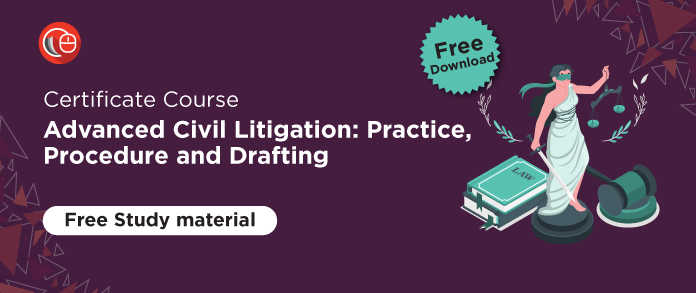
Prevailing laws in Republic of india
Sharing any content that the childbearing violates a person'south privacy is consequently a violation of Commodity 21 of the Indian Constitution held in Puttaswamy (Retd.) and Anr. V. Union of India and Ors.
While the remarks and debates are concerning, the legal ramifications would about likely be related to the distribution of private images and modified photographs of the grouping's minor girls. Sections 66E, 67, 67A, and 67B of the Information technology Act and Sections 354D, 465, 471, 499, 500, and 509 of the Indian Penal Lawmaking apply. Furthermore, Sections xiv and 15 of the Protection of Children from Sexual Offenses (POCSO) Act, 2012, are besides applicable here.
The Information Technology (Information technology) Act, 2000
Section 65: Tampering with computer source documents
Whoever knowingly or intentionally conceals, destroys, or alters any computer source code used for a figurer, reckoner plan, computer system, or computer network, or who intentionally or knowingly causes another to conceal, destroy, or alter any computer source code used for a computer, computer program, calculator organisation, or computer network when the computer source code is required to be kept or maintained past police for the fourth dimension being in force, is punishable with imprisonment upwardly to iii years, or with a fine upward to 2 Lakhs or both.
The purpose of this section is to safeguard the calculator's "intellectual property." It is an attempt to extend the protection to computer source materials (codes) beyond what is provided by Indian Copyright Law. This is a non-bailable, cognizable offence. To apply this part to the electric current situation, we must first constitute that the department's central ingredients are present, which include someone who is:
- knowingly or intentionally concealing,
- knowingly or intentionally destroying,
- knowingly or intentionally altering,
- knowingly or intentionally causing others to conceal,
- knowingly or intentionally causing some other to destroy,
- knowingly or intentionally causing some other to change.
Section 66E – Punishment for violation of privacy
This department deals with the transmission of photos of "whatever person's individual expanse without his or her consent." For the same, the penalty is either iii years in prison or a fine of not more than than two lakh rupees, or both.
In the landmark judgment in Justice M. S. Puttaswamy (Retd.) and Anr. V. Union of Bharat and Ors . , the correct to privacy was recently held to be guaranteed every bit a fundamental right and protected under the Right to Life in Part Iii of the Indian Constitution. Sharing any content that violates a person'southward privacy is consequently a violation of Article 21 of the Indian Constitution.
Section 67 – Punishment for publishing or transmitting obscene fabric in electronic form
The publication or transmission of obscene cloth is dealt with in this Department (described as "any fabric which is lascivious or appeals to the prurient interest or if its effect is such as to tend to deprave and decadent persons"). The first conviction carries a sentence of upward to three years in prison and a fine of up to five lakh rupees, with subsequent convictions carrying a sentence of up to five years in prison and a fine of upward to ten lakh rupees.
Section 67A – Punishment for publishing or transmitting of material containing the sexually explicit act, etc., in electronic form
The publication or transmission of material that contains sexually explicit acts or conduct is punishable under this Department . In case of a offset conviction, the penalisation is up to five years in prison and a fine of upwardly to ten lakhs. The present department was applicative in the Bois Locker Room incident as it involved sharing morphed images of girls.
Department 67B – Penalty for publishing or transmitting of material depicting children in the sexually explicit act, etc., in electronic class
This Department encompasses the creation or distribution of any digital text or photos that describe minors "in an obscene, indecent, or sexually explicit manner," non simply depictions of children in sexual acts or deport.
Information technology's worth noting that the electric current state of affairs involves the distribution of obscene or private photos of minor girls. Equally a result, this Section tin as well be used as a recourse.
This Section, on the first confidence, imposes a penalisation of up to 5 years in prison and a fine of up to 10 lakhs.
Section 72: Penalization for alienation of confidentiality and privacy
Any person who, without the consent of the person concerned, secures access to any electronic tape, book, register, correspondence, information, document, or other material in pursuance of any of the powers conferred under the IT Act, rules or regulations made thereunder, discloses such textile to any other person may exist punished with imprisonment for a term of upward to two years, or with both.
Protection of Children from Sexual Offences (POCSO) Act, 2012
Department fourteen and 15 – Kid pornography
The use of a minor or children for pornographic purposes is punished under Department fourteen(1) by up to five years in jail and a fine. Furthermore, storage of pornographic fabric involving a kid to distribute is punished by upward to three years in prison or a fine, or both, under Section xv of the POCSO Deed, 2012 .
Indian Penal Lawmaking
Section 354D – Stalking
The Criminal Police force Subpoena Deed of 2013 introduced this Department to the IPC. After the notorious gang rape and murder of the victim, the Nirbhaya case, the amendment act of 2013 was passed, introducing several changes to the IPC, notably section 354D.
"Monitoring a adult female'due south use of the internet, email, or any other kind of communication," according to Section 354D(b). Every bit a result, gathering images of ladies from their social media profiles would fall under this category. Conviction under this clause tin can consequence in a judgement of upwards to three years in prison and a fine.
Department 463, 465 and 471 – Forgery
Forgery is divers as "making any fake documents or false electronic tape, or portion of a document or electronic record, with intent to inflict damage or injury," according to Section 463 . Forgery is punishable under Section 465 past up to ii years in prison house or a fine, or both. Department 471 also punishes the utilize of forged documents or electronic records as genuine, and it is punishable in the same way equally forging such a document. Making a fake electronic record would include making digital changes to a photo.
Section 509 – Give-and-take, gesture or deed intended to insult the modesty of a woman
This Section that deals with outraging a woman'due south modesty are a provision under IPC that is usually used in conjunction with other parts of the IPC dealing with sexual set on. In the case of Country of Punjab v. Major Singh , it was decided that any deed washed to or in the presence of a lady that is suggestive of sex in the eyes of humanity falls nether this provision. This section tin can be used to encompass letters that make lewd remarks about the physique or torso of the girls whose photographs were distributed in the group. This clause provides for a penalty of upwards to i year in prison, a fine, or both.
Section 499 and 500 – Defamation
In this example, the victims accept the option of suing for defamation. Department 499 of the Indian Penal Code prohibits producing or publishing allegedly defamatory assertions nearly a person in the form of other words, writings, or visible representations to injure that person's reputation. As a result, men's motivation to damage someone'due south reputation is a prerequisite for an offence under this section. If the victims and then want, they may make a lawsuit nether this provision. Defamation is punishable under Section 500 IPC by unproblematic imprisonment for a term of up to two years, a fine, or both.
What if the accused is juvenile?
It becomes pertinent to examine the existing legal provisions which tin can be used to deal with an incident like this. The present incident presents a unique challenge wherein almost all the boys involved are below the age of 18, bringing it under the ambit of the Juvenile Justice (Care and Protection of Children) Deed, 2015 . An analysis of the sections nether diverse Acts which might apply to the above offence would assist understand the awarding of the Juvenile Justice Act.
The Juvenile Justice Deed, on the other hand, allows a "minor in dispute with the law" to be tried as an adult if the Juvenile Justice Board determines that it is appropriate. This can simply be done if the juvenile has committed a heinous law-breaking, which is divers as any offense that carries a minimum sentence of seven years or more.
As can be seen from the preceding analysis, none of the sections that apply to this instance carries a penalty of that duration. As a result, all of the defendants volition exist regarded as juveniles alone. Juveniles face a maximum sentence of iii years in prison house. All the same, in the example of juvenile offenders, the Act favours as much reform as feasible. Sending juveniles to Rehabilitation Centers, Juvenile Schools, or immersing them in other government or not-governmental initiatives are included as role of reformation punishment under the Deed.
Conclusion
As discussed to a higher place it's not always illegal if someone'due south photograph is posted online without their consent, just it becomes illegal when used inappropriately and not taken down fifty-fifty later request. The person should always be concerned about their privacy and have legal action when the privacy is infringed.
References
- https://nyplaw.com/2018/09/13/tin can-a-person-have-legal-action-if-someone-posts-unauthorized-photos-or-videos-on-social-media/
- https://www.findlaw.com/injury/torts-and-personal-injuries/online-photos–taken-and-posted-without-your-permission.html
- https://www.nolo.com/legal-encyclopedia/question-unauthorized-use-of-photo-28285.html
- https://www.livemint.com/Consumer/x32Rcm7l26gT1cRNMDPAMP/Indian-law-merely-determines-the-situations-where-privacy-will.html
- https://poseidon01.ssrn.com/delivery.php?ID=965089116025101074026017122110001070005032032002040049023072125078085006076083094095117062001119114023042027014001113103119123015046088093022107125091021019093108090020085076088079078114071016068004127124114090000022019015064081030112005126010001073006&EXT=pdf&INDEX=True
Students of Lawsikho courses regularly produce writing assignments and work on applied exercises equally a function of their coursework and develop themselves in real-life practical skills.
LawSikho has created a telegram group for exchanging legal cognition, referrals, and diverse opportunities. Yous tin can click on this link and join:
https://t.me/lawyerscommunity
Follow us on Instagram and subscribe to our YouTube aqueduct for more amazing legal content.

Source: https://blog.ipleaders.in/what-to-do-if-someone-posted-a-picture-of-you-without-your-permission/
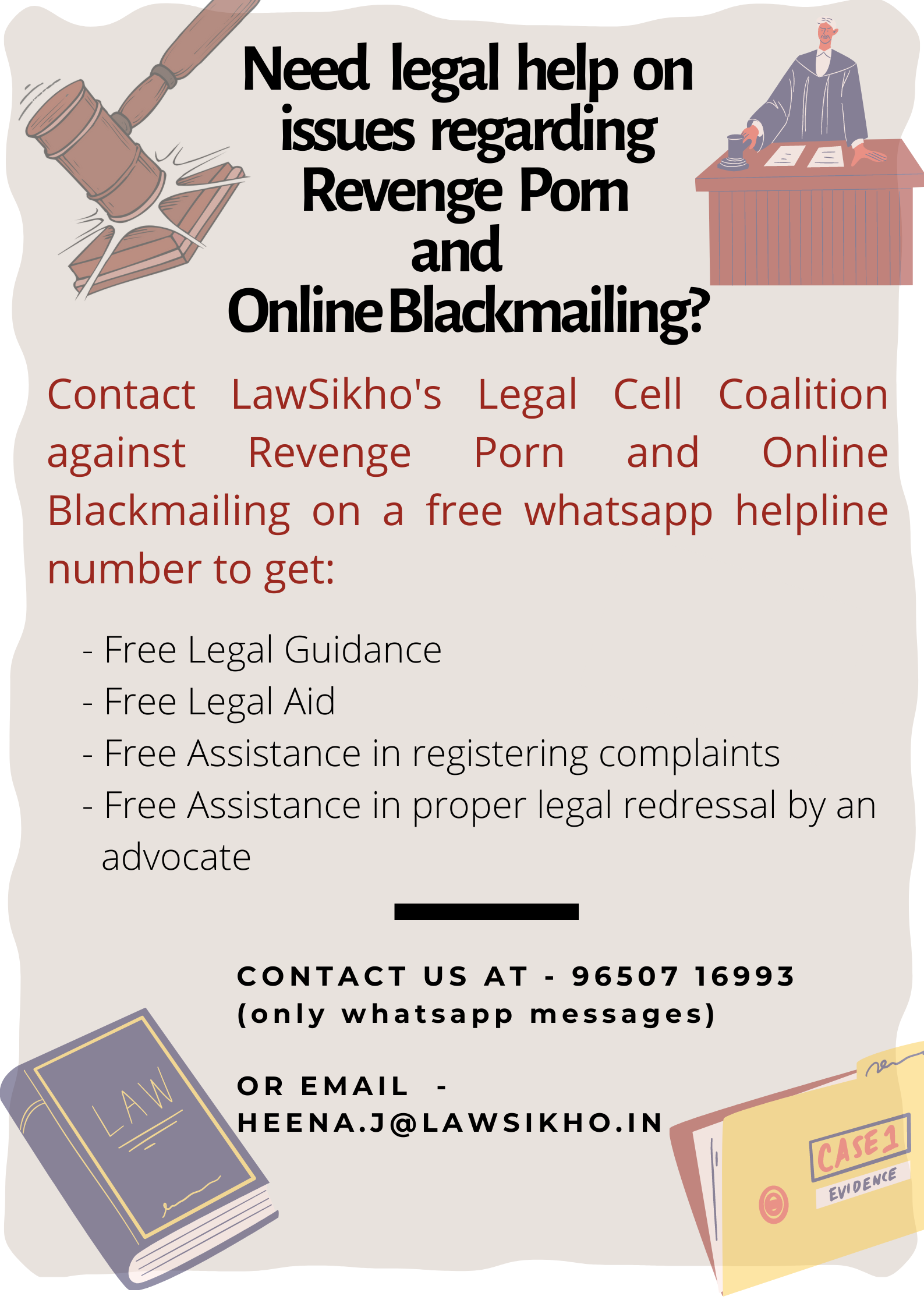
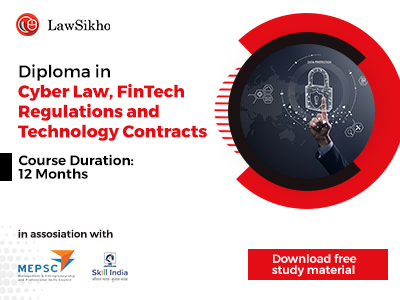
0 Response to "If I Am Photographed in Public Can My Photo Be Uploaded"
Post a Comment